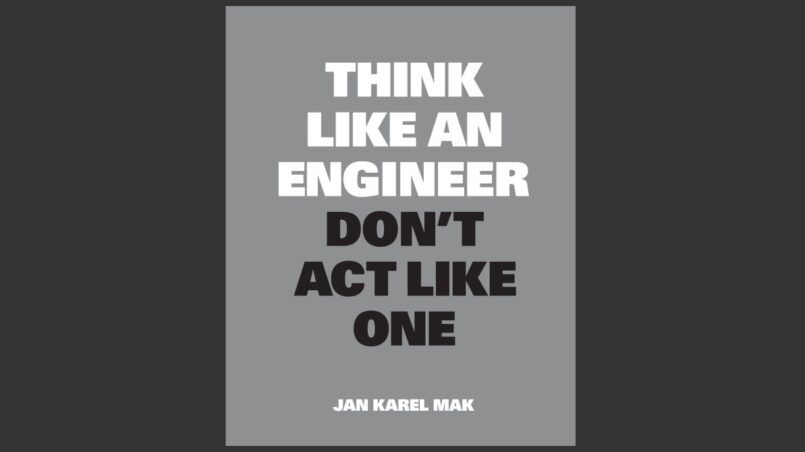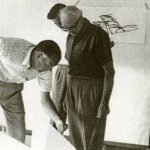In her whitepaper for the Smithsonian Science Education Center, Theresa Green describes how elementary school students can learn to solve problems like an engineer. Students must learn to identify a problem and generate solutions for it, without being told the best way to solve it or what the perfect solution looks like. They must also learn that in the real world, their solutions will need to meet certain criteria and fit within predefined project constraints. They must also learn to communicate effectively and learn from others.
While this is a guide targeted toward teachers, I found this paper insightful for me as a practicing engineer. And it got me thinking. How can you learn to think like an engineer? What sort of reasoning is used by engineers compared to other problem solving professions? Can the engineering profession learn anything from other professions? In this edition of TheBridgeGuy, we’ll delve into these questions.
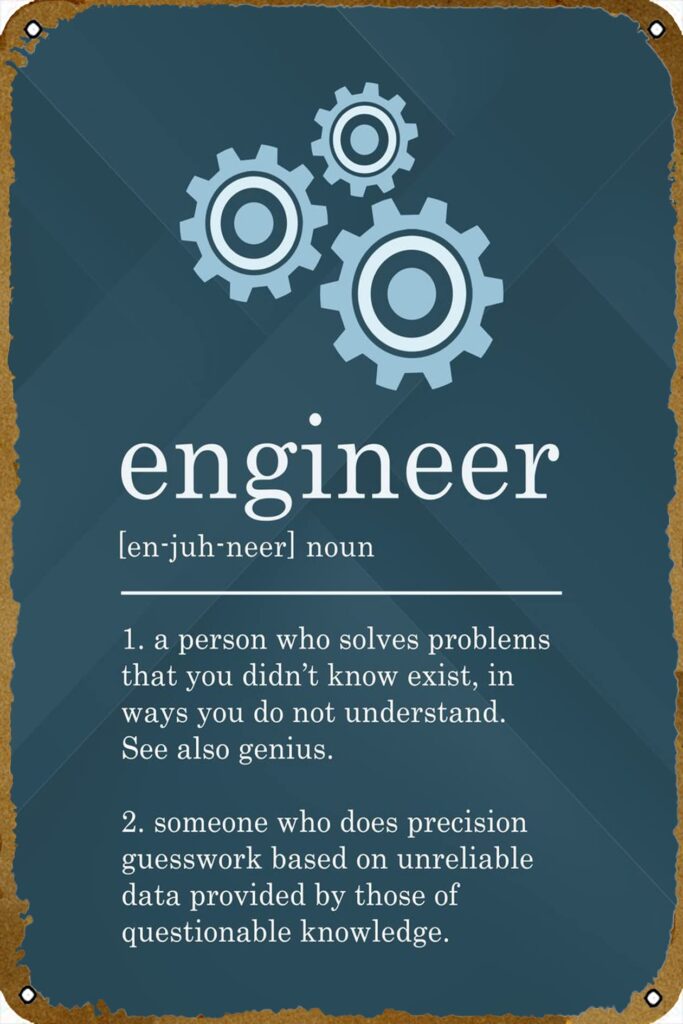
Engineers use science and mathematics to solve complex problems. This is why the curriculum for an engineering degree is heavy on science and math – just like a carpenter wields a hammer, engineers use science and math as the tools of their profession. Because of their interconnectedness, engineering should be taught together with science and math, rather than as a standalone subject, argues Green. In this way, students can see the relationships between these different areas and engineering, which fosters a greater interest in the engineering field.
This is the first step towards thinking like an engineer. Through training, engineers begin to think in a very systematic way. They see everything as a system, individual parts working together to do something.
In one physics class, our teacher explained the concept of pressure to us, then explained what a partial vacuum was. After explaining these basic concepts to us, the teacher then assigned us the task of explaining how breathing works.
During breathing, the chest expands which increases the volume of the chest cavity and reduces pressure. This reduction in pressure is a partial vacuum. Air moves from a source of high pressure to a source of low pressure. Since the partial vacuum within the chest is lower than the atmospheric pressure outside the chest, air is forced into the chest by the relative pressure difference.
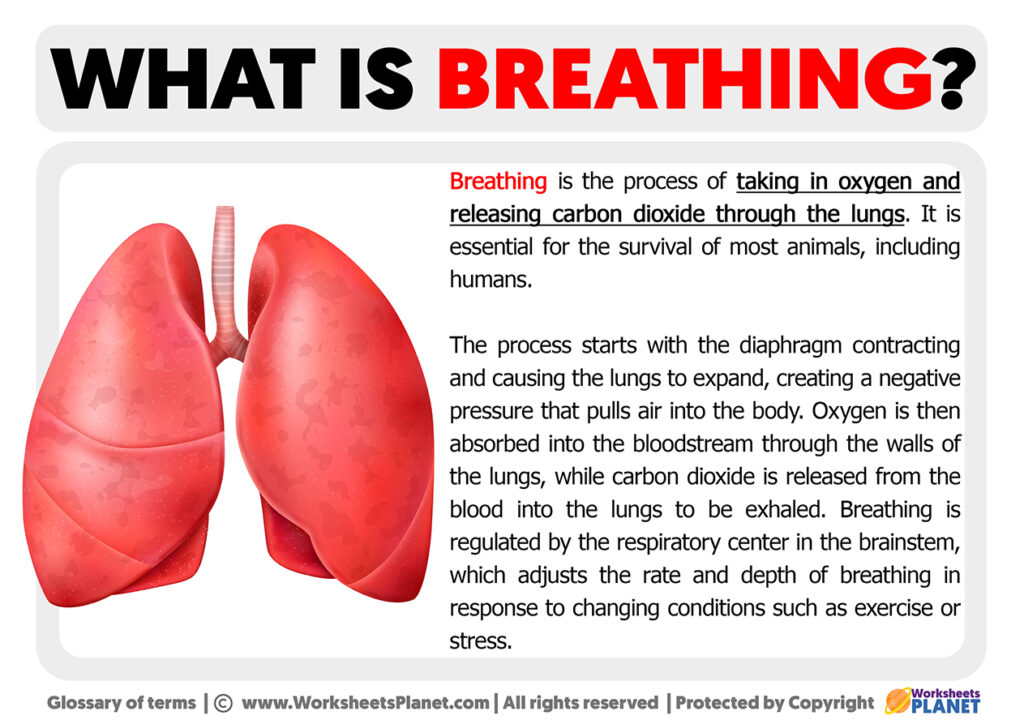
This is a great example of how students can be taught to think like engineers. Seeing a simple activity such as breathing like a system makes formulating solutions easier.
For example, an engineer will recognize what happens every time you put your foot on the brake pedal in your car. Pressure on the pedal moves a piston within the master cylinder, placing pressure on hydraulic fluid in a closed system, which transmits this as force to another piston within a caliper at each wheel, which presses a fixed brake pad toward the moving rotor. By doing so, friction is developed between the pad and rotor, which slows the wheel down.
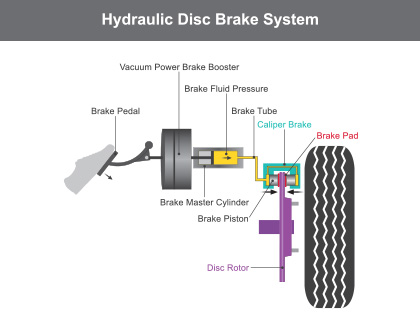
The layperson just knows that when they press the brake pedal, the car slows down. But when the pedal is pressed and the car does not slow down, by knowing how the system is supposed to work, the engineer can readily work out the solution to why the car is not slowing down. This is a form of reductionism.
Reductionism is a reasoning method where complex problems are broken down into smaller components. When designing a bridge, for example, the engineer might start from the top and work downward. This means following the load path from application to foundation, designing one component before moving on to the next. Another term for reductionism is first principles reasoning.
When trying to figure out a more complex problem, going back to first principles can involve a look at the statics of a problem, visualizing the flow of forces in a system or trying to understand the failure mechanism for a particular component. By understanding the way a system works, any system, a solution often presents itself.
But is reductionism the only method engineers use to find solutions?
During a conversation at work, a colleague postulated that the engineering profession is not all that dissimilar from the legal profession. And the more I thought about that, the more I began to agree with him.
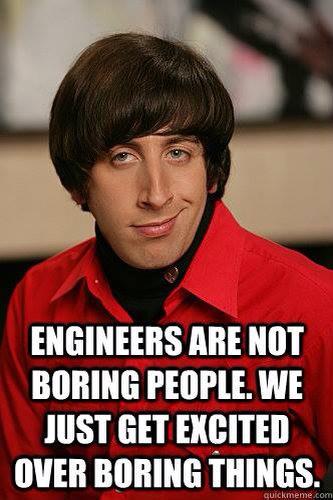
As problem solvers, both lawyers and engineers are highly valued by society. Lawyers use language and persuasion as tools to solve their problems, rather than using science and math. By using refined and specific language to articulate arguments, a good lawyer seeks to persuade others to their point of view.
Lawyers and engineers both use critical thinking, logical reasoning and analytical skills in the course of their work. Both professions collect data that is then used to formulate a course of action.
Both professions must follow a set of rules governing their profession – the written law for lawyers and building codes for engineers. The consequences for failing to follow the rules can been disastrous for both.
But the similarities don’t end there.
According to Samrat Ganguly in his article “Do engineers and lawyers think differently?” lawyers primarily use what is called analogical reasoning to solve their problems. A typical idiom for this is “don’t reinvent the wheel.” Analogical reasoning seeks to solve a problem by comparing it to a previous problem that was already studied and solved. Legal study often involves seeking precedent court decisions and expert commentary, then using those principles to persuade a judge or jury into a particular decision.
With analogical reasoning, a particular problem need not be broken down into smaller components in order to find a solution, as would typically be the case in engineering. Since most legal problems are not novel, this form of reasoning works well for most cases and is extremely efficient.
In bridge engineering, it is also common to use analogical reasoning from time to time. Engineers may look to other projects for inspiration (a precedent). Where a proposed solution is sufficiently novel, being able to point to other projects where a similar system was built and is performing well might go a long way to convincing critics or a hesitant client.
Having precedents in engineering can be helpful in keeping things moving. When you are asked to review a dubious concept that another engineer has designed, you might object that such a concept violates this or that policy. But if the designer can point to another project where the exact same solution was utilized, you would look pretty silly in your objection.
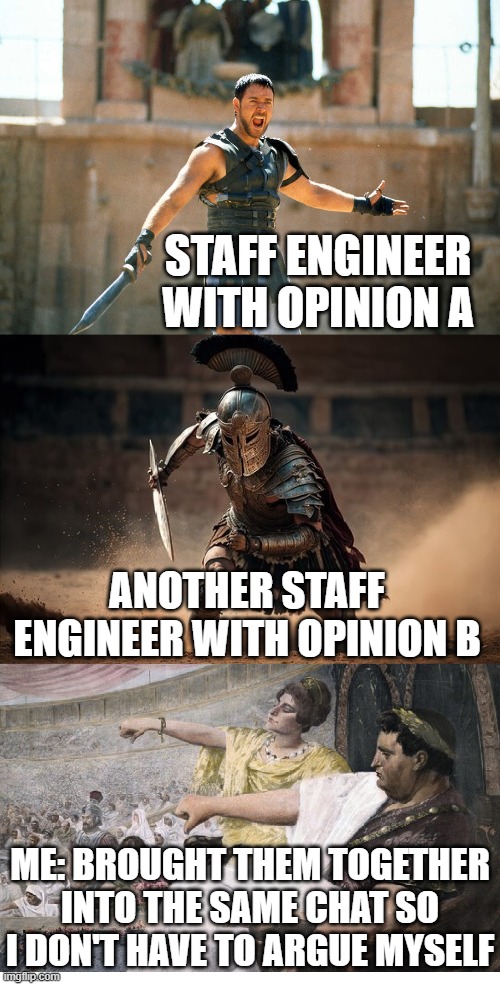
Some engineers would object to this situation as a fallacy of relevance – what does one project have to do with another? This could also be stated as “two wrongs don’t make a right.” If the solution violates policy, then using it on another project doesn’t make it right to use it on this project since it should never have been used in the first place. Lawyers run into the same issue – a precedent is a helpful argument and strengthens the position – but opposing counsel could argue relevance just as well. This is where persuasion and knowledge of codes and policies are helpful.
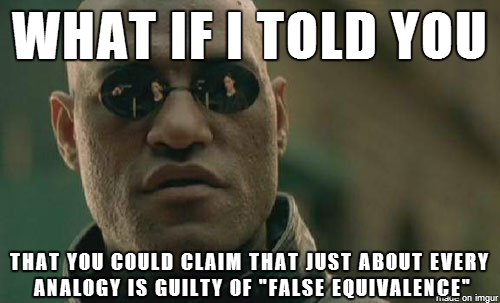
In some cases, lawyers may find a need for going back to first principles. Perhaps there aren’t enough relevant precedents? Perhaps a case is sufficiently novel? When deciding on constitutional issues, court justices might refer to source documents written by the founding fathers for inspiration or to other authoritative texts that describe the history of our written constitution. These examples mix both forms of reasoning, sometimes requiring breaking a clause down for further analysis and interpretation.
In short, learning to think like an engineer means learning to think critically. Many professions and trades benefit of critical thinking skills – mechanics, plumbers, electricians – all will at some point need to perform some sort of troubleshooting or problem solving. Engineers do not have a monopoly on problem solving abilities.
So what can engineers learn from other professions?

Engineers are great at generating solutions, but are typically poor at explaining why that solution will work. Being able to articulate why a solution is correct is a trait of a good engineer, while the ability to persuade a client or layperson to your point of view is a trait of a great engineer. We could learn a lot from lawyers on this point. As I see it, being persuasive as an engineer requires a certain amount of tact, plain-speak and patience – but not everyone has these traits.
In bridge engineering, most of the innovative solutions have already been discovered. The best engineers today are standing on the shoulders of giants, taking what has already been done and pushing the boundaries of current technology. This is our precedent.
Views: 810